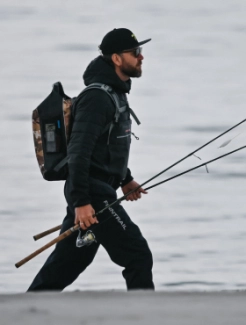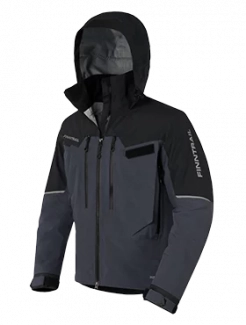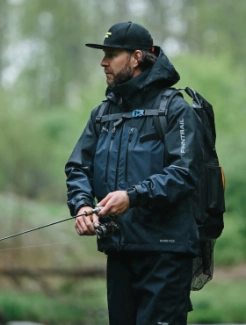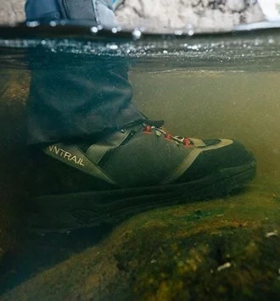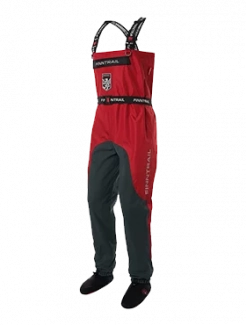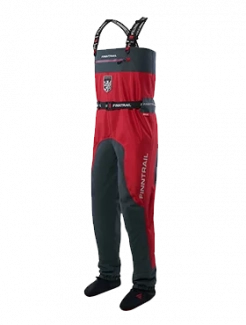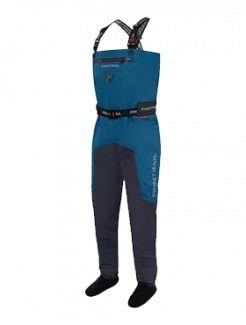The Complete Guide to Using Live Bait in Freshwater
For many anglers, few things beat the excitement of feeling a fish strike on a live bait rig. Live bait fishing connects you directly with nature — you’re using something natural to attract something wild. But using live bait effectively requires more than simply hooking a worm and casting it out. Understanding how to choose, handle, and present live bait is key to consistent success.
This guide breaks down how to use live bait the right way — from selecting the best bait for different freshwater species to keeping it lively and learning when it’s better than lures.

Why Use Live Bait for Freshwater Fishing?
Before exploring specific techniques, it’s important to ask a key question: is live bait or an artificial lure the better choice? The answer largely depends on the fishing conditions, the target species, and your personal preference.
Live bait offers undeniable advantages:
-
Natural scent and movement: fish are instinctively drawn to live prey.
-
Versatility: effective for beginners and pros alike.
-
Broad appeal: works on virtually every freshwater species.
Artificial lures can cover water faster and mimic prey visually, but live bait triggers natural feeding instincts in fish that might otherwise ignore a lure. In slow or cold conditions, live bait often outperforms artificials dramatically.
Choosing the Best Live Bait for Freshwater Fishing
The best live bait depends on your target species, water temperature, and local availability. Below are some classic options and when to use them.
1. Worms
Nightcrawlers and red wigglers are classic live fishing bait choices for bass, bluegill, catfish, and trout. Their scent and movement make them irresistible, especially in murky water.
2. Minnows
Small fish like shiners, chubs, or fathead minnows are excellent live bait for predatory species such as bass, walleye, and pike. Their darting motion attracts aggressive strikes.
3. Leeches
Leeches are tough, stay alive for long periods, and work well in warm water. They’re among the good live bait options for walleye and smallmouth bass.
4. Crayfish
Bass, especially smallmouth, can’t resist live crayfish. Hook them through the tail or carapace for a natural presentation.
5. Insects and Larvae
Grasshoppers, crickets, and maggots make effective live bait for panfish and trout in summer and spring.
Knowing what bait to use is only half the equation. You must also understand how to use it well to keep it active and appealing.
How to Use Live Bait Well
Keeping bait alive and lively is crucial for success. Here are practical tips every angler should know.
1. Keep It Fresh and Oxygenated
Use an aerated bait bucket or live bait well to maintain oxygen levels. Change the water often, especially on hot days, and keep it cool but not icy.
2. Avoid Overcrowding
Crowded bait dies fast. A good rule of thumb is one dozen minnows per gallon of water.
3. Handle Gently
Use a soft net or wet hands when handling live fishing bait to protect its slime coat. Rough handling can stress or kill baitfish, reducing effectiveness.
4. Match Bait Size to Target Fish
Large bass prefer 3–5 inch minnows, while crappie or perch go for smaller options. Always tailor your live bait size to the species you’re after.
Rigging and Presentation: How to Use Live Bait Effectively
Rigging live bait correctly ensures it moves naturally and tempts strikes. Here’s how to use live bait for different freshwater setups:
1. Bobber Rig
Perfect for beginners, this setup suspends bait at a specific depth. Hook a worm or minnow lightly so it can wriggle freely under the float — perfect for panfish and trout.
2. Bottom Rig
For catfish or walleye, a simple slip-sinker or Carolina rig keeps live bait near the bottom where these species feed. Hook the baitfish through the lips or tail for lifelike movement.
3. Drift Rig
When fishing rivers, drift rigs allow live bait to move naturally with the current. Use split shot weights to maintain depth without restricting motion.
4. Free-Lining
In calm water, skip weights altogether. Letting live fishing bait swim freely looks extremely natural and often triggers wary fish.
Live Bait Fishing Tips by Species
Here are a few live bait fishing tips tailored to popular freshwater targets:
-
Bass: use live shiners or crayfish. Hook them through the dorsal fin so they swim energetically.
-
Trout: drift nightcrawlers or mealworms under a small float in current seams.
-
Walleye: leeches and minnows on a jig head or slip-sinker rig are unbeatable.
-
Catfish: big nightcrawlers or live bluegill (where legal) make excellent baits.
-
Panfish: crickets and worms work best under small bobbers.
How to Keep Your Bait Alive Longer
Knowing how to use a live bait extends your fishing time and improves success rates. Follow these care practices:
-
Keep bait in shade; avoid direct sunlight.
-
Refresh water with clean, cool lake water periodically.
-
Add a frozen water bottle on hot days to lower the temperature.
-
Don’t dump dead bait into lakes — it spreads disease.
A portable live bait well or aerated cooler is a worthy investment for serious anglers who frequently use live bait..
When to Use Live Bait Over Lures
Returning to our earlier question — whether it’s better to use live bait or lures — the answer depends on the situation. Live bait works best when fish are sluggish, the water is cold, or natural food is plentiful. Lures, on the other hand, are ideal when fish are more active or when you need to cover large areas quickly. Many experienced anglers combine both methods, using live bait to locate fish and then switching to lures to fine-tune their presentation.
Pro Live Bait Tips for Maximum Success
-
Match local forage: use baitfish or insects common in your area.
-
Stay stealthy: natural bait presentation matters. Use light line and small hooks when possible.
-
Vary your hook placement: through the nose, lips, or tail — each affects swimming motion differently.
-
Change bait often: replace sluggish bait immediately; liveliness is key.
-
Experiment: sometimes smaller or less active bait triggers more strikes in pressured waters.
Final Thoughts
Live bait fishing isn’t just a traditional method — it’s one of the most effective ways to catch freshwater fish. Whether you’re learning how to use live bait for the first time or refining your presentation with advanced tips, the fundamentals remain the same: keep it alive, present it naturally, and match it to your target species.
Using live bait can turn an ordinary day on the water into an unforgettable experience. So next time you’re packing your tackle box, don’t forget your worms, minnows, or leeches — your next big catch might just be waiting for something alive and wriggling.


